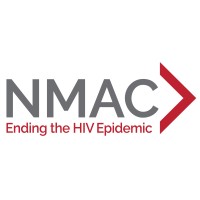
Policy in Practice
Policy in Practice’s mission is to reduce poverty. We believe the welfare system can work more effectively, and help people toward greater independence, if it is simple for people and organisations to understand. Our software helps people on low incomes to understand how changes in welfare policy affects them, so that they can make better decisions and lead more fulfilling lives. Our engine models how the policies of four government departments affect thousand of individual households on low incomes. We use a scientific approach to data visualisation that can drill down to individual households and help people to take control.






